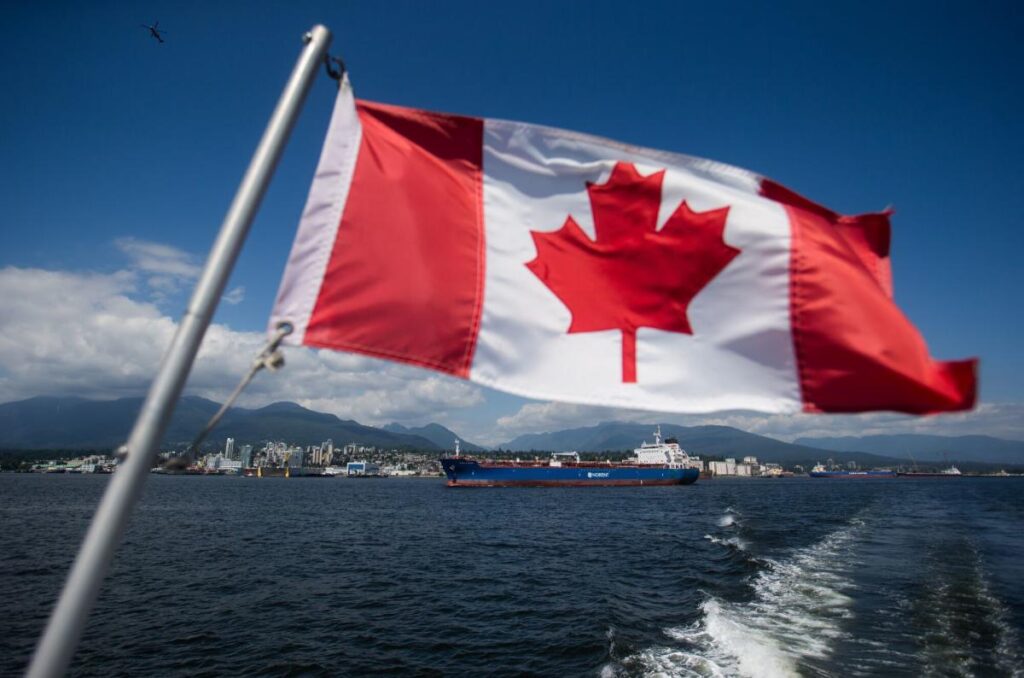The recent provincial election in British Columbia, Canada, has resulted in a highly competitive and uncertain political landscape, raising questions about the future of the New Democratic Party (NDP) in power since 2017. As of now, the NDP has won or is leading in 46 ridings, while the Conservative Party of BC, which is not affiliated with Canada’s federal Conservative Party, is close behind with a lead in 45 ridings. The Green Party has secured a lead in two ridings. Given that a majority in the British Columbia legislature requires 47 seats, the outcome remains unresolved, showcasing the divisions within the province’s electorate and the significant gains made by the Conservative Party, which has not ruled the region since the pre-World War II era.
The close races in several districts have triggered automatic recounts due to the narrow margins of victory—less than 100 votes in some cases. Such recounts are crucial as they may alter the final results significantly. In particular, the NDP holds a slim lead in two constituencies, with one lead amounting to just 23 votes. With more than 99% of the ballots counted, the situation creates an atmosphere of instability, raising concerns that, depending on the final tally, a coalition or minority government may emerge. The cooperation or opposition of smaller parties, particularly the Green Party, could determine the governance model for the third-largest province in Canada.
The political tension has been palpable, especially with statements from John Rustad, the Conservative leader, emphasizing that if the NDP forms a minority government, there would be an immediate push to challenge their position and potentially call for another election. This highlights the precariousness that may come to define the governance post-election, reflecting the volatility in voter sentiment and party support across British Columbia. The timing of recounts and further counting of mail-in ballots, scheduled from October 26 to 28, adds another layer of uncertainty regarding the long-term implications for governance.
In the weeks leading up to the election, most public polls indicated a slim victory for the NDP, suggesting that while the party has governed successfully previously, its current leadership has had to navigate complex issues. Premier David Eby, who succeeded John Horgan last year, attempted to position himself more towards the center on significant issues, including reconsidering the provincial carbon tax and adjusting previous policies on drug decriminalization. However, it appears that these moves were insufficient to secure a decisive mandate, reflecting the potentially shifting priorities of voters amid rising costs of living and economic pressures.
Despite the challenges faced by the NDP, Eby maintained that the election results indicated a “clear majority” for progressive parties, with the combined NDP and Green Party votes surpassing 50%. Acknowledging the electorate’s concerns regarding the cost of living, Eby expressed a commitment to addressing affordability, housing, healthcare, and creating safe and prosperous communities. The response suggests a recognition within the NDP of the imperative to connect more effectively with the electorate’s pressing needs, particularly regarding economic issues that resonate deeply in an era of rising inflation and housing challenges.
At the same time, the Conservative Party’s unexpected resurgence under Rustad’s leadership has brought a significant shift in the province’s political dynamic. The perception of the Conservatives benefiting from the national popularity of their federal counterparts indicates a broader trend of conservative politics gaining traction. Rustad’s rise corresponds with a decrease in strength of the center-right BC United Party, which previously struggled to maintain a campaign presence. This shift underscores the evolving political landscape of British Columbia, with implications for future governance structures, party strategies, and electoral alliances, as the provincial backdrop continues to adapt to the current socio-economic climate.

